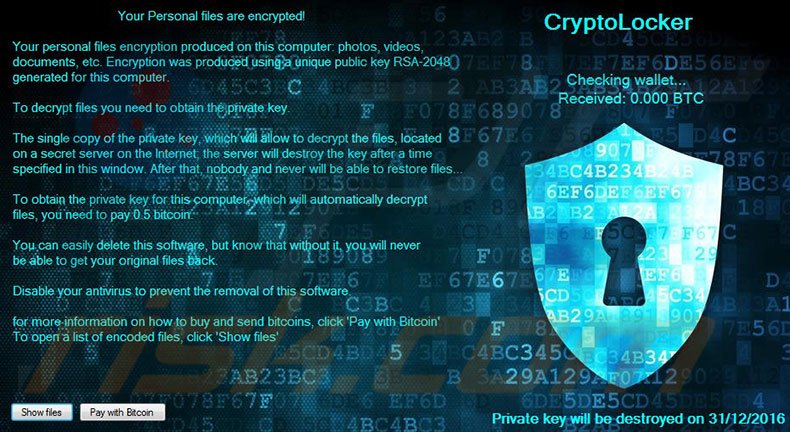

For example, automotive key fobs often have different functions assigned to different buttons in addition to remote vehicle lock and unlock, these functions include the following: RFID key fobs often can be programmed to transmit various commands. If there is a mismatch, the function will not be performed. So, if the information from the receiver tag matches the information that the fob is requesting, the locking or unlocking function will be completed. This information always matches what the receiver device has been programmed to accept.įor example, a key fob programmed to work with a car will only lock or unlock that car, and no other key fob will work with that car. The RFID chip on the key fob is designed to transmit specific RFID tag information. The communication between the fob and the receiver device happens instantaneously when the user presses a button on the fob. The reader's transmitter sends a signal to the fob, which then adjusts to the transmitter's frequency. This receiver also contains an RFID tag, which is some form of stored information. It uses radio frequencies to send a distinct coded signal to a receiver unit in the device. Key fobs, along with smart cards, proximity cards and biometric keyless entry fobs, are a type of physical security token.Ī key fob contains a short-range radio transmitter/radio frequency identification ( RFID) chip and antenna.


 0 kommentar(er)
0 kommentar(er)
